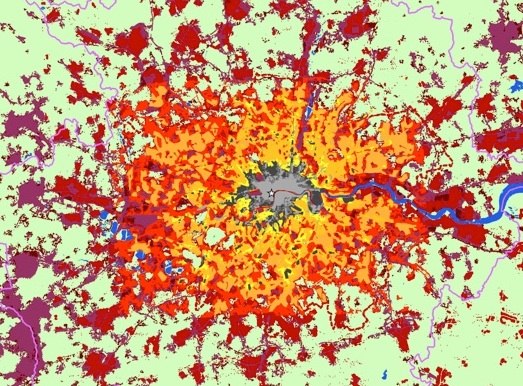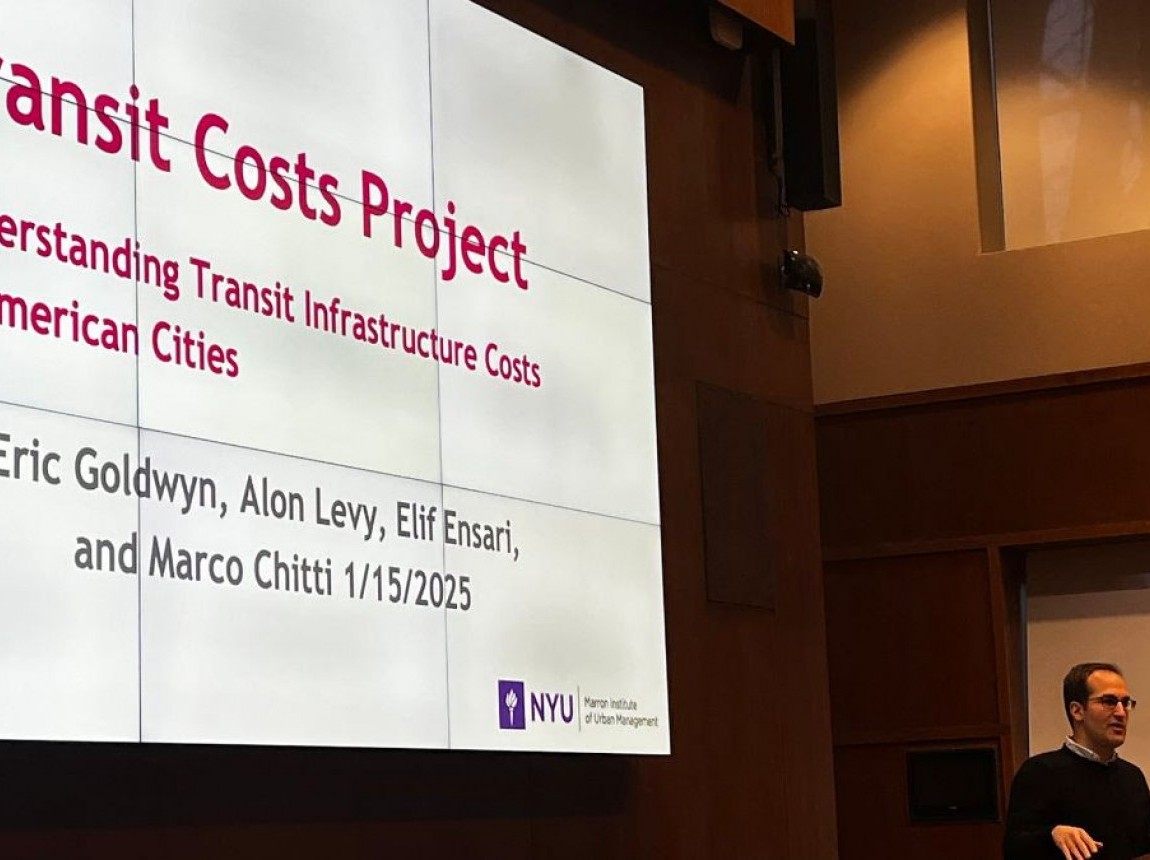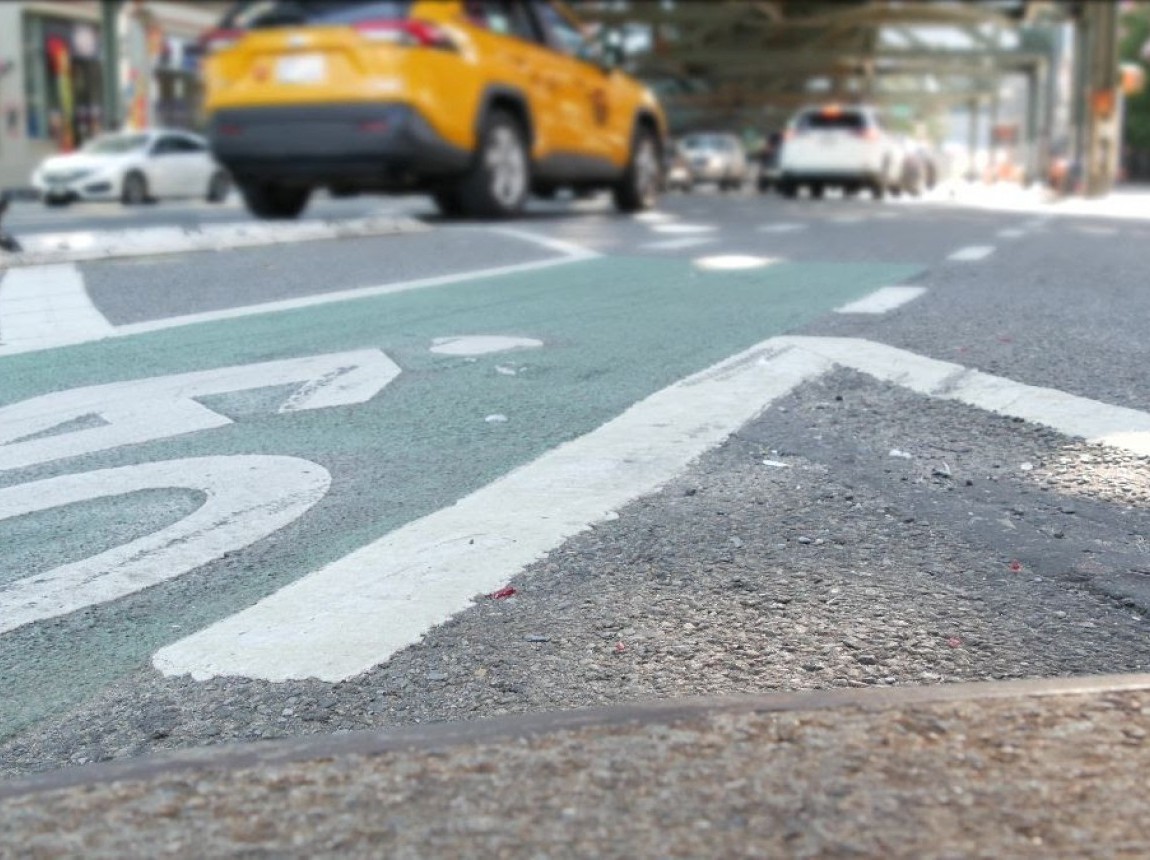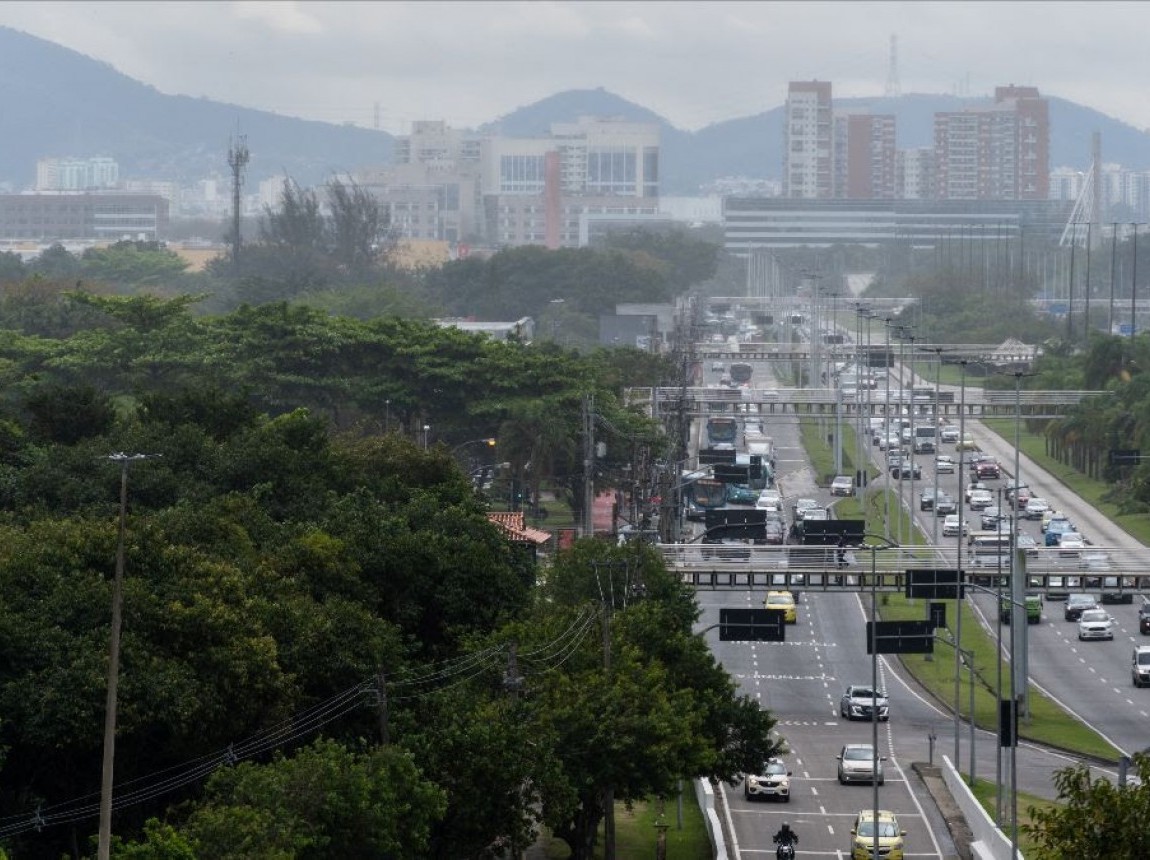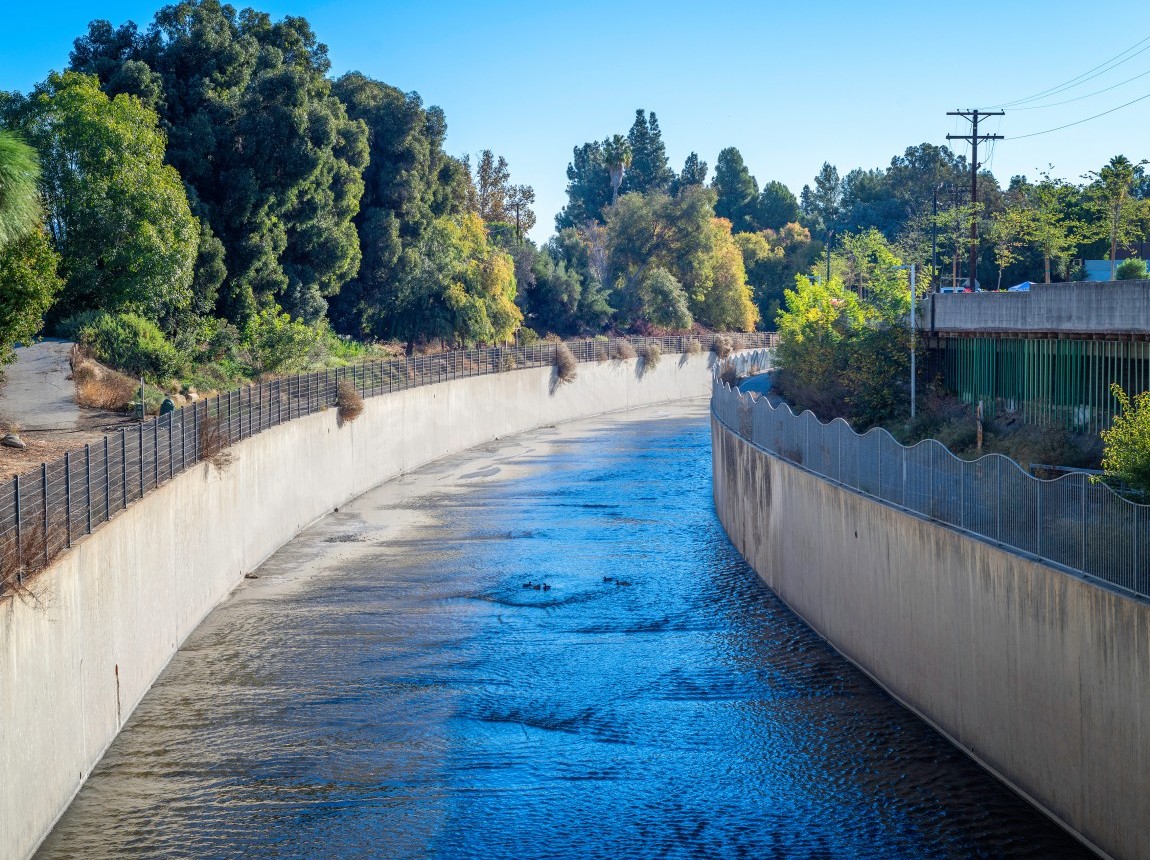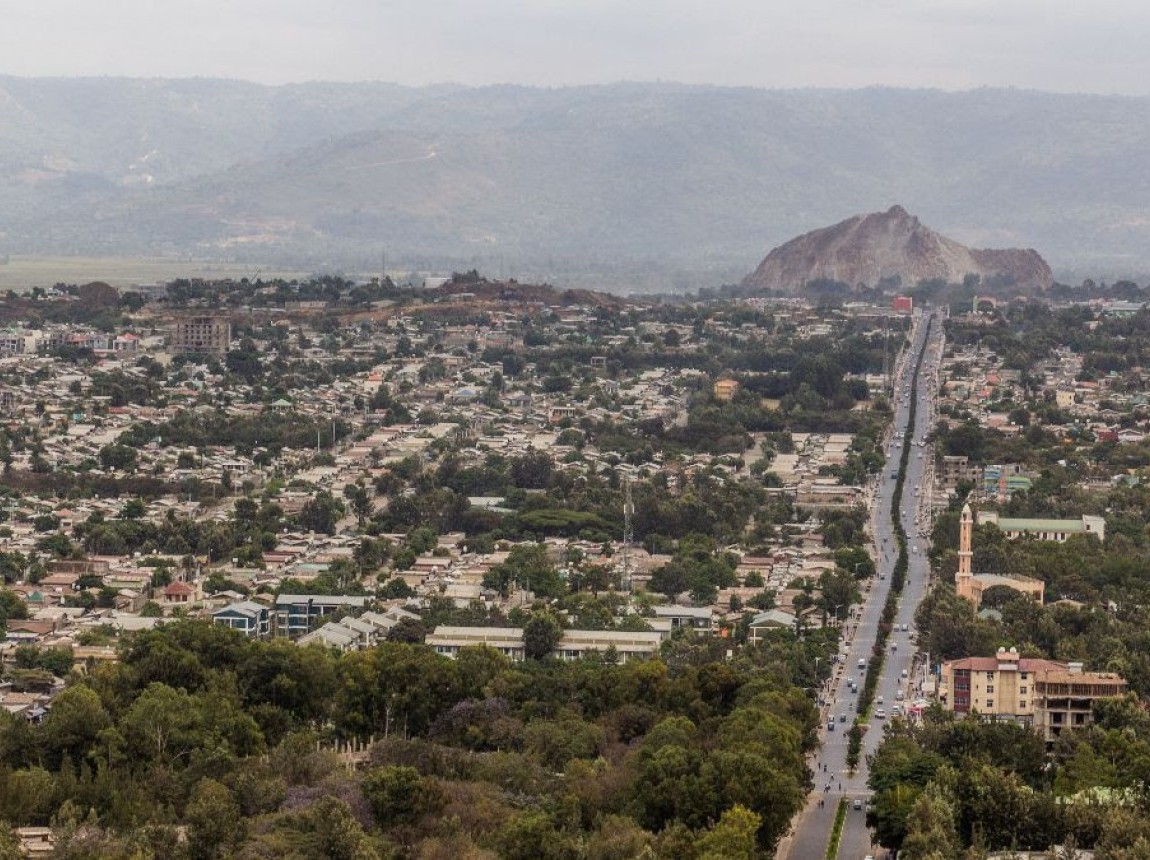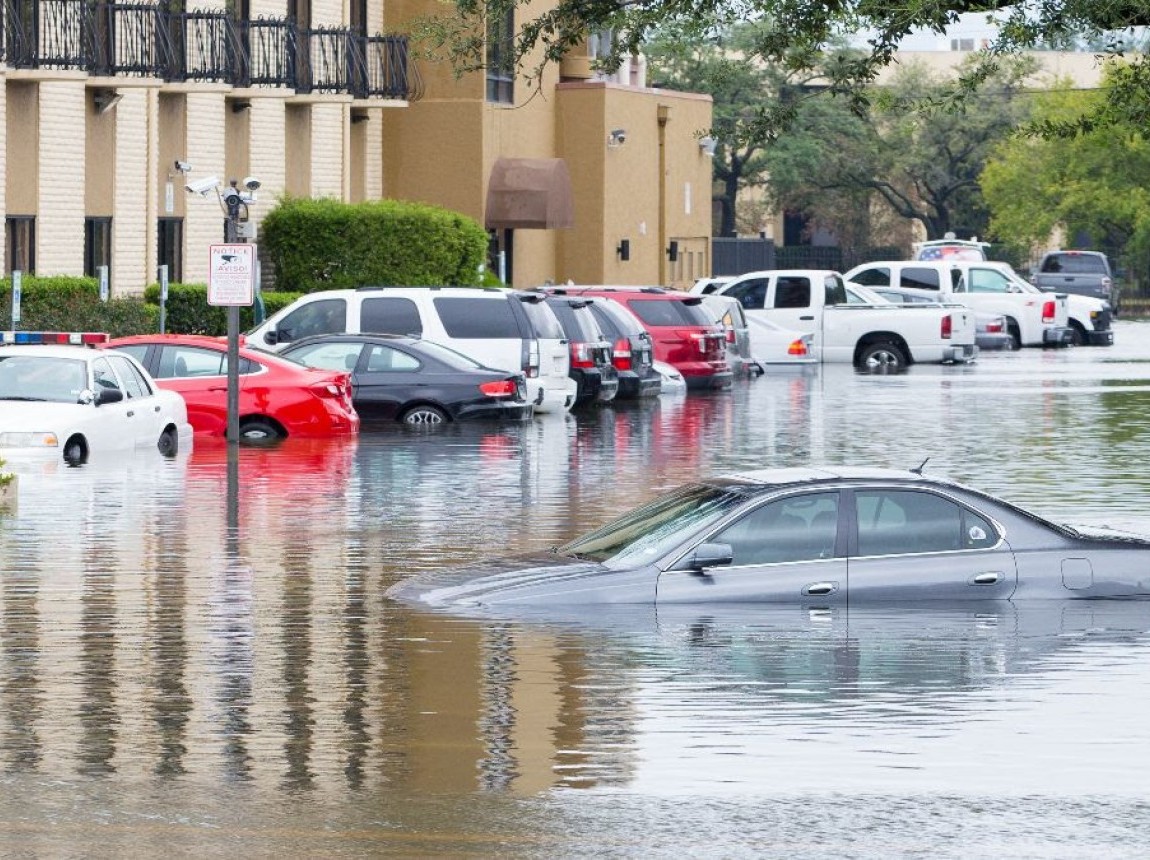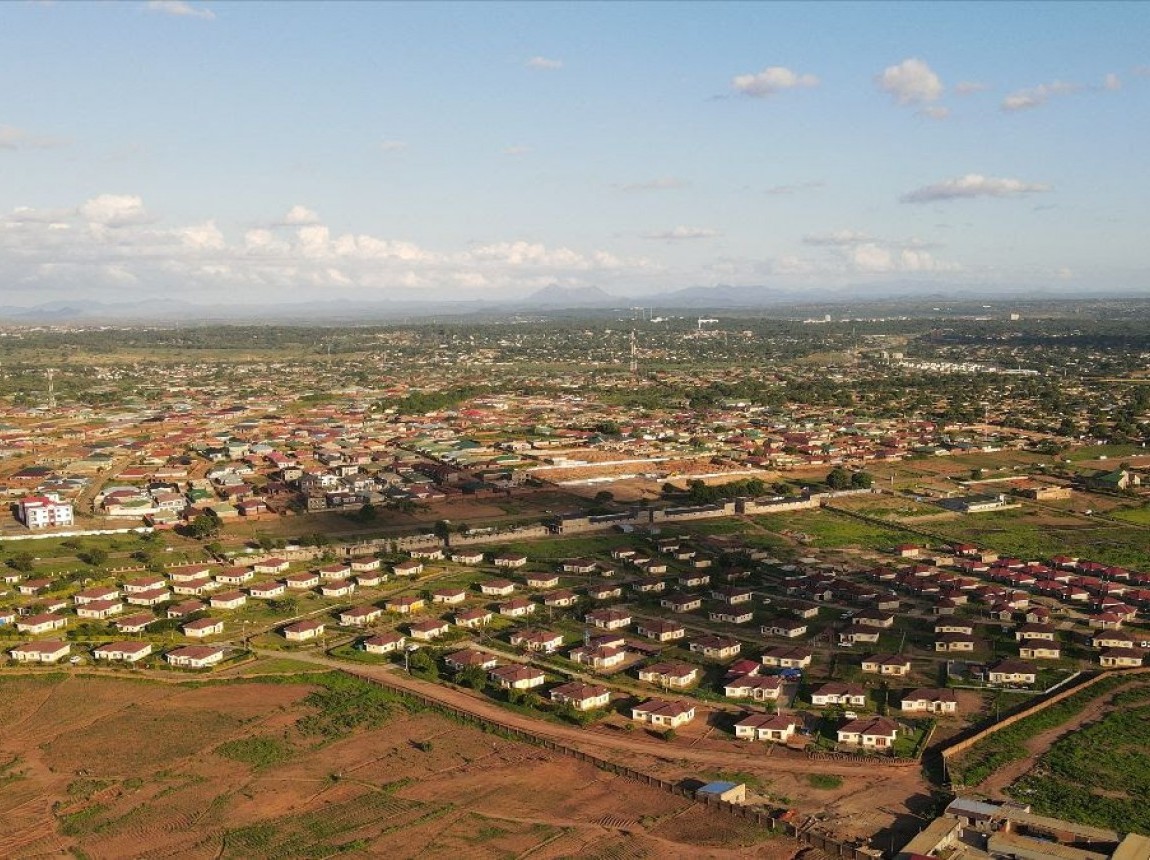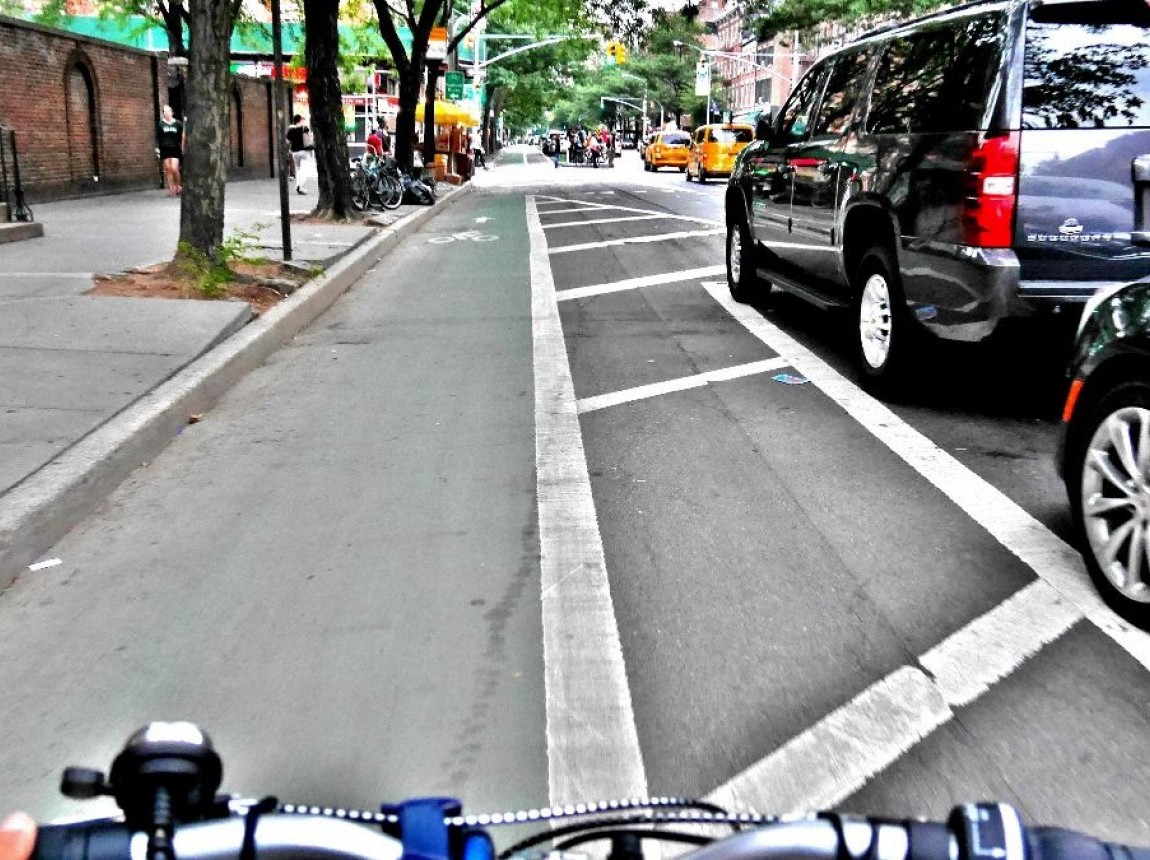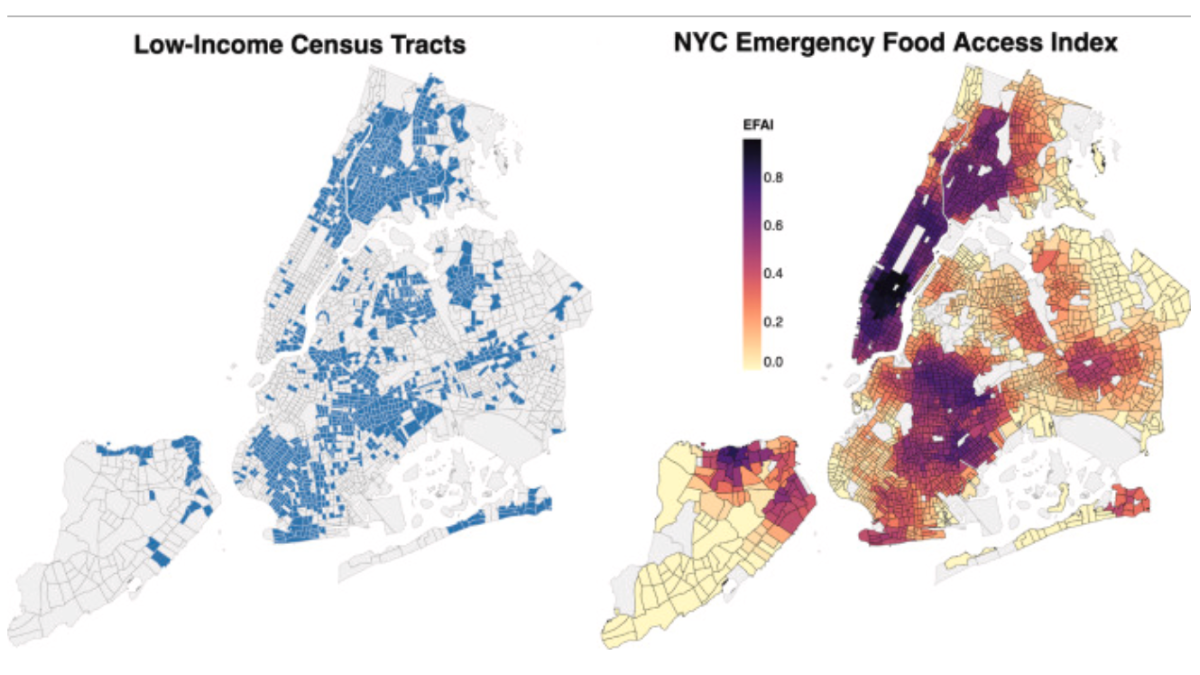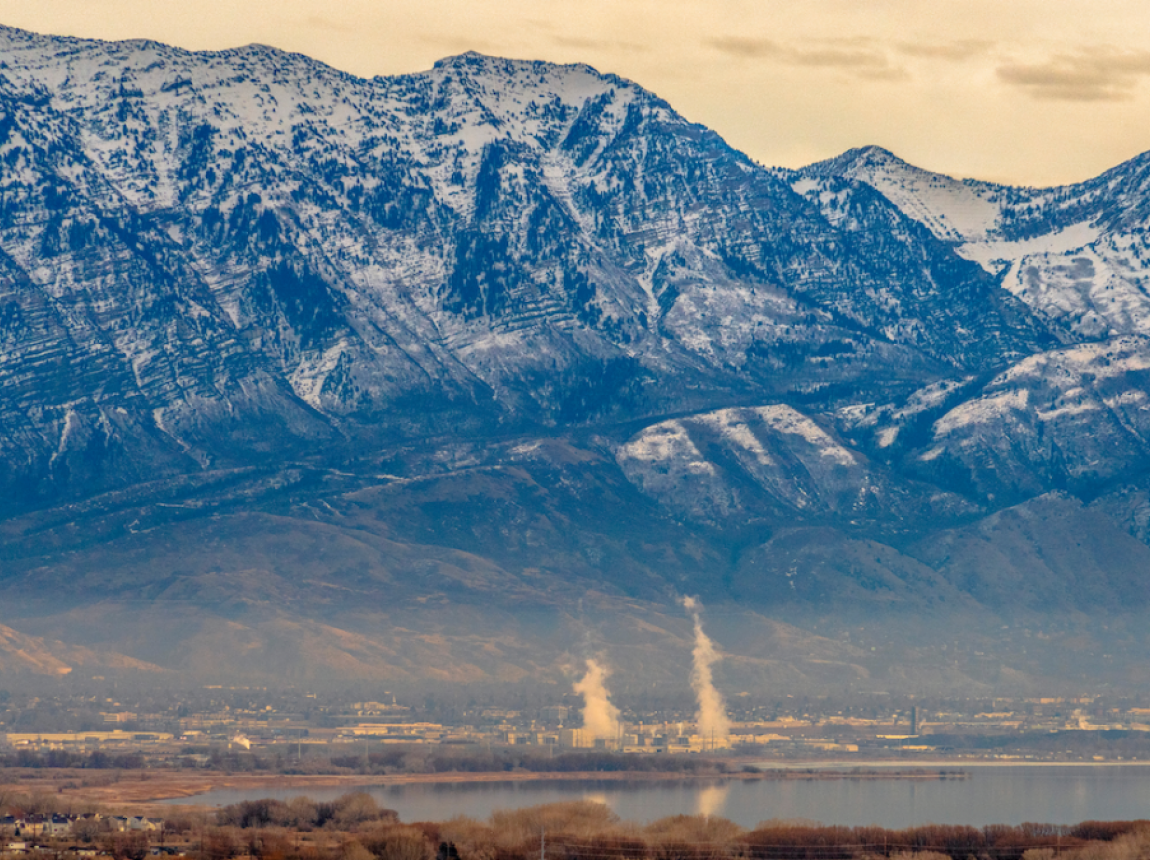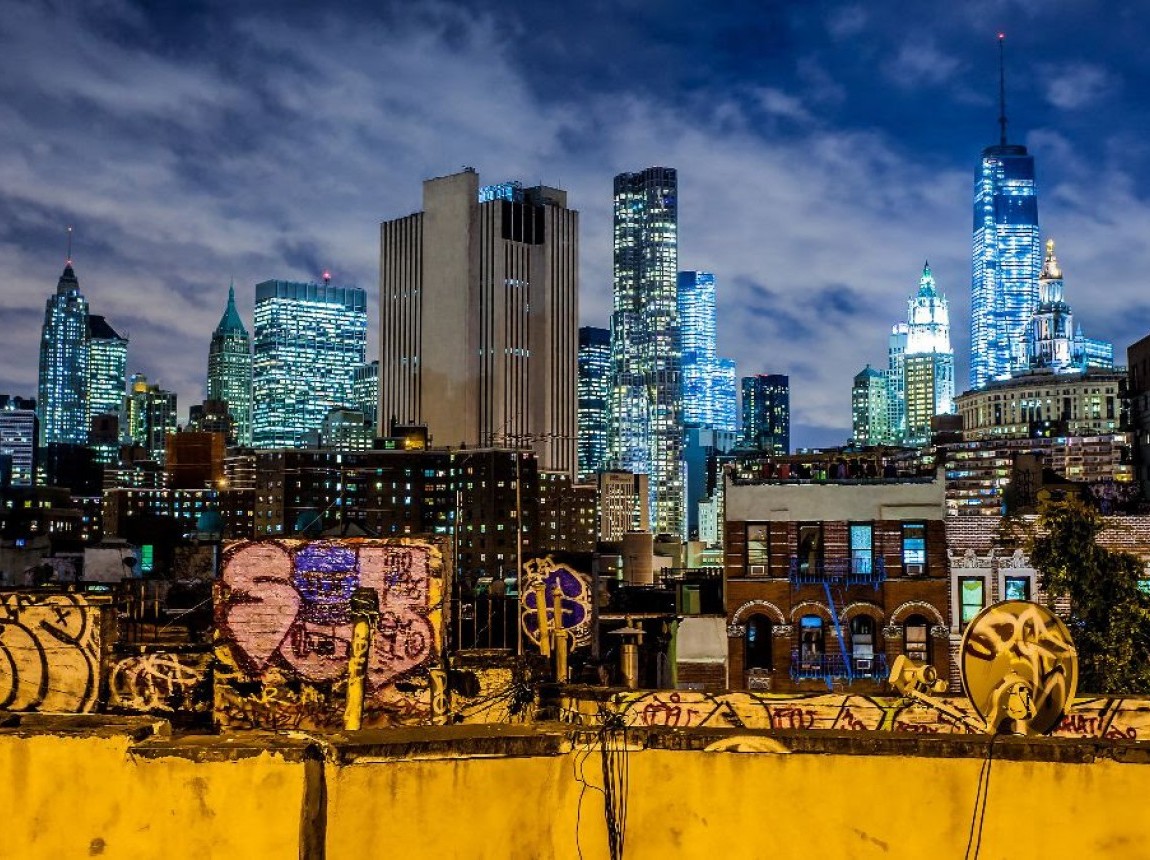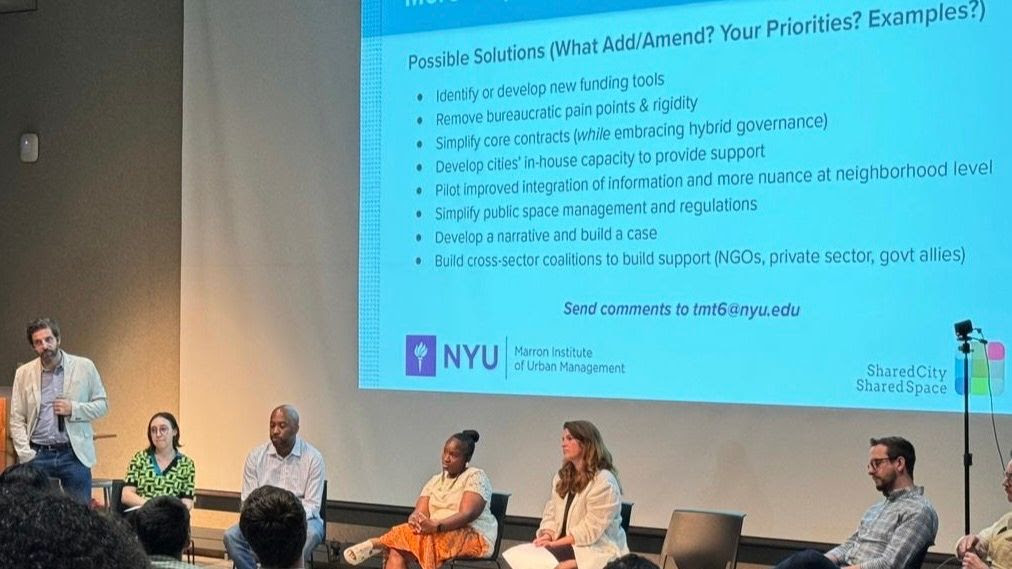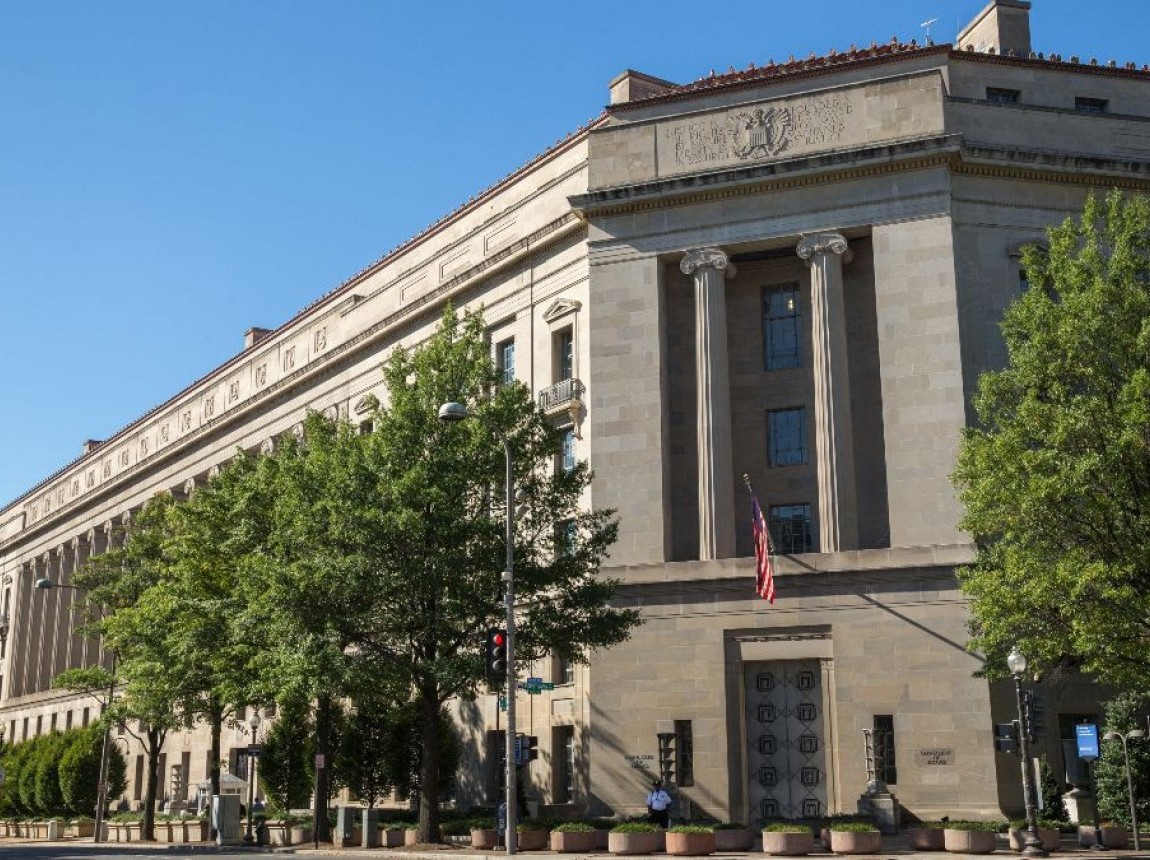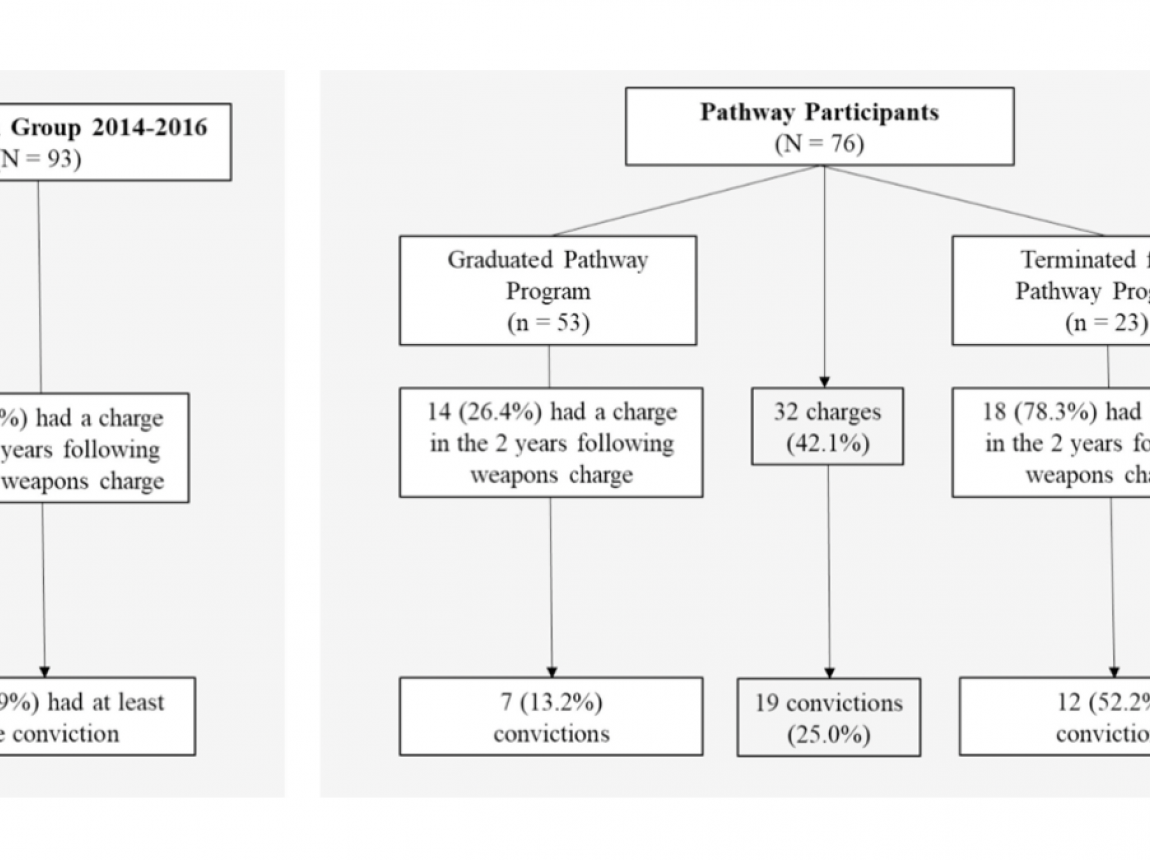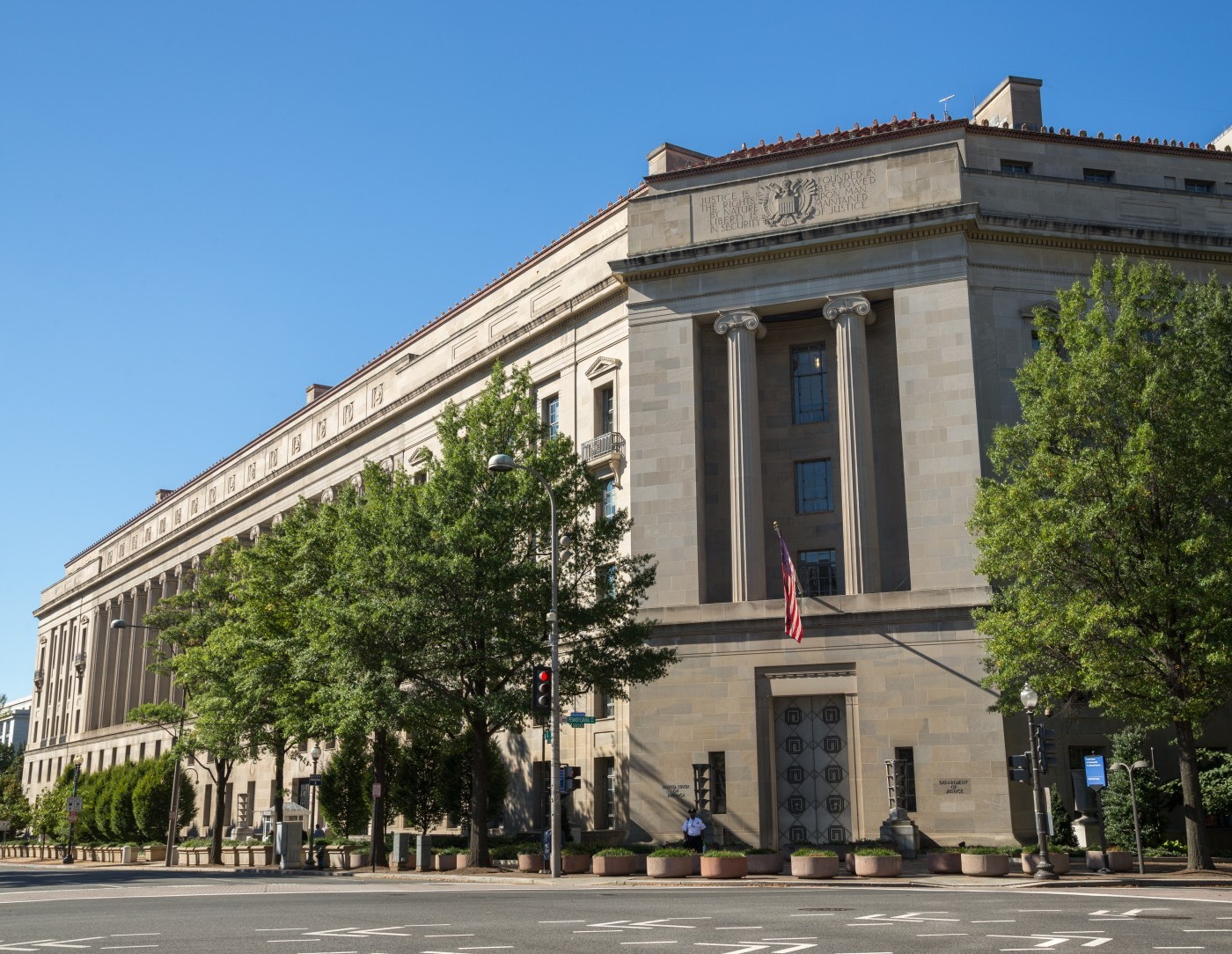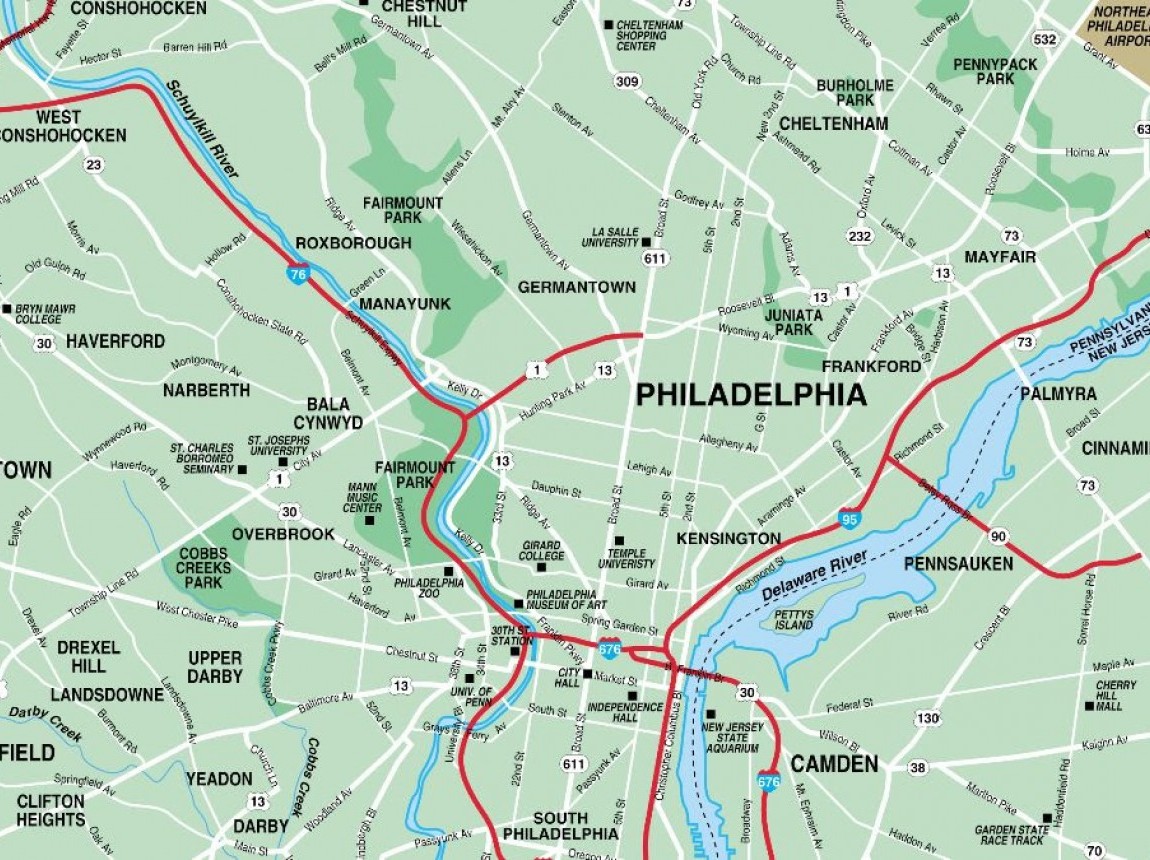Related

Legal Weed Didn’t Deliver on Its Promises

Albany’s Power Brokers Are Trying to Break Your
Subway

Ex-MTA CEO to Head Agency Building $16B Gateway
Rail Tunnel, Sources Say

A State of Collapse: How the MTA Put Riders on the
Fast Track to Ruin

Driving Blind: NYC Subways Steered by 1930s Tech,
Paper Maps and a Lot of Hope

Reform of Restrictive Land-Use Provisions Will Be
Tipping Point in Cities

Why Shit Not Working

NYU Ranks #1 in New York State on National Science
Foundation Research Ranking

S101S: Understanding Affordable Housing: The
Trickle-Down Theory of Housing–Myths and Realities

Liberalism and Public Order

State Must Reform Sound Transit

High-Speed Rail Efforts in Texas Have Gained Some
Momentum. The Texas Legislature and Donald Trump May Change That

Why Is Toronto So Bad at Building Transit? Let’s
Talk About Consultants

Why High-Speed Rail Conquered the World Everywhere
Except the U.S.

Elif Ensari on Illegal Parking Complaints in NYC

Eric Goldwyn on “Prioritizing Politics Ahead of
Transit Projects”

Money, Politics Are the Biggest Barriers to US
High-Speed Rail
A Tribute to Mark Kleiman

The Hidden Politics of Disorder

MTA Looking to Dig Tunnel Underneath Cemetery

From Confinement to Community: Supporting
Successful Veteran Reentry and Employment

Solly Angel Discusses 15-Minute Cities on CBS News

Angela Hawken Calls For Think-Do Tank
to Improve Conditions at Rikers Island

Vivre en Ville
Proposes a Tramway in Montreal

ARTM Scenario Deemed
Too Optimistic and Too Expensive

A Tramway Will Not be Enough
to Serve Eastern Montreal

Transport Futures Panelists Warn
of Transit Project Cost "Crisis"

Will Trauma Recovery Centers Survive?

Do Subway Elevators
Really Need to Cost $100 Million per Station?

The Cost Containment Conundrum

“Build the damn train”: In conversation with
Marron Institute on high-speed rail in the U.S.

Can Louisville Have Increased Development
by Partnering with Business Leaders?

Mayor Adams Wants Gun Detectors
at Every Subway Turnstile

How Subway Riders Will Pay
for NYC’s Congestion Pricing Halt
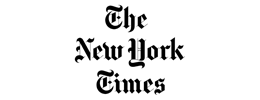
Up to $1 Billion May Go to Waste
After Hochul’s Congestion Pricing Halt

The Rest of the World Is Building Subways
Like Crazy

Wildfires Remind Us
That Health Impacts Defy Borders

Amtrak’s Northeast Corridor Power Supply
Is Ancient and Failing

How to Improve Domestic High-Speed Rail Project
Delivery

NY Congestion Pricing Pause Has
Consequences for Infrastructure Projects

Transit Agency Faces $15B Funding Gap
After NYC Congestion Pricing Reversal

NYC Subway Service Could Deteriorate
Due to MTA Budget Shortfalls

The Real Problem With Legal Weed

Business Groups Battle over the Spirit
of Downtown New Bedford

Public Perception
of the Overall Quality of Life in the City

Without Congestion Pricing,
a Hollowed-Out Subway Plan
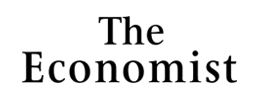
Toronto as an Example of Historical Transit
Success

Alon Levy on How to Spend
NYC Congestion Pricing Revenues

Jason Barr Releases New Book, "Cities in the Sky"
and Writes on NYC Housing in Vital City

Welcoming Jonathan Majors’ Light Sentence

High-Speed Rail between U.S. Hubs May Be Closer
Than It Appears

Democrats and Republicans Alike
Still See Value in a Degree


